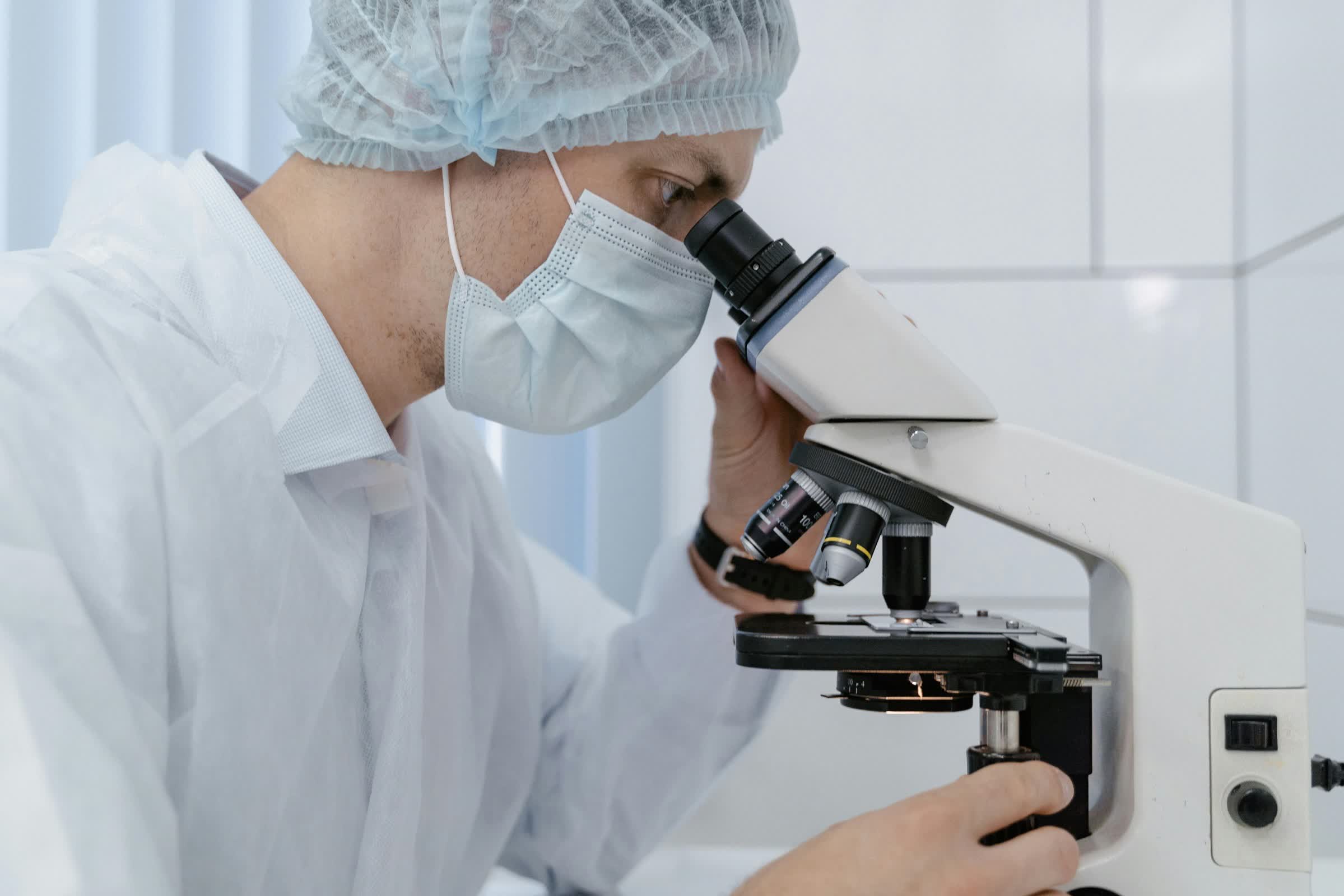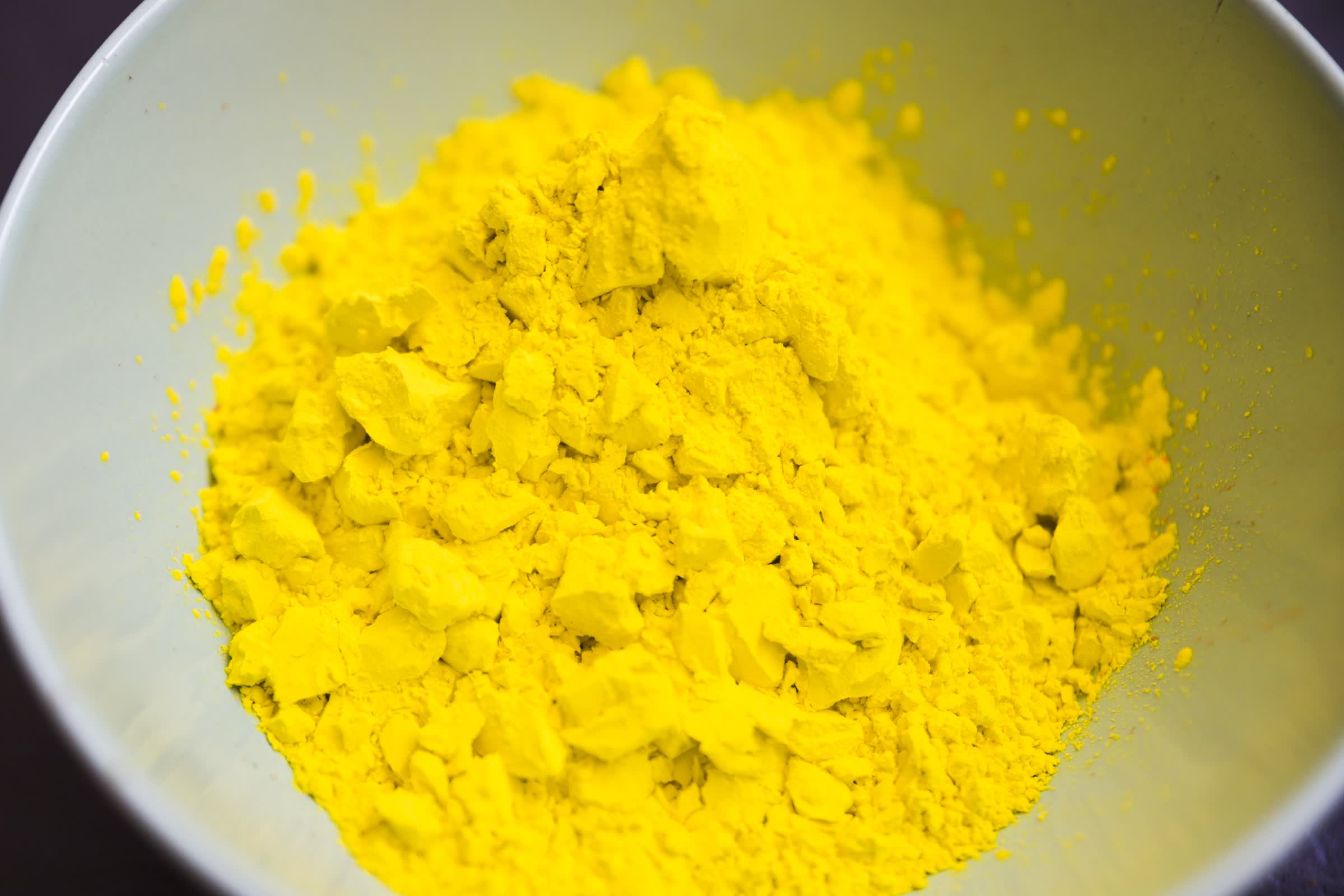WTF?! Food dye can be found in a wide range of products on grocery stores' shelves, but scientists have recently put it to a novel use: making a mouse's skin temporarily transparent. Once the technique is refined to work on the thicker human epidermis, there are all sorts of applications where it can be used, from tattoo removal to early detection of skin cancer.
Scientists have discovered that a simple food coloring ingredient used in candy, chips, and cosmetics has the potential to one day revolutionize medical imaging and diagnostics. The food dye, known as FD&C Yellow 5 or tartrazine, has been found to temporarily render skin transparent, allowing scientists to observe internal organs and blood vessels without invasive procedures.
The research team began testing the dye on a scattering phantom, a material designed to mimic the opacity of human skin. As they increased the concentration of the yellow dye, they observed that the phantom not only turned orange-red but also became increasingly transparent to red light.
They then experimented on chicken breast tissue and mouse skin. The chicken breast became transparent enough to reveal objects underneath it. Moreover, when the dye was applied to various parts of a mouse's body, it revealed a number of organs including blood vessels in the brain through the scalp, the digestive tract through the belly, and muscle fibers through the limbs.

The explanation for this phenomenon has to do with optics and the Kramers-Kronig relations. FD&C Yellow 5 absorbs blue light, which results in its characteristic orange-red color when dissolved in water. This absorption of blue light increases the refractive index of water for red light, bringing it closer to that of fats and proteins in tissue.
When the refractive indices of different components in tissue match, light scattering is reduced, and the tissue appears more uniform and transparent. This phenomenon allows red light to travel through the tissue with minimal scattering, creating temporary transparency.
While the current research has primarily focused on thin layers of skin, such as those found in mice, there are many potential applications for medicine once their techniques have been refined to accommodate human skin.
For instance, making veins more visible could improve the process of drawing blood or administering intravenous treatments, particularly in patients with hard-to-find veins.
More intriguingly, increased tissue transparency could help identify skin cancer sooner, leading to earlier and more effective treatments.
Scientists also say that photodynamic and photothermal therapies, which use light to target and destroy cancer cells, could benefit from enhanced light penetration into deeper tissues.
There are commercial applications for this discovery as well. Laser-based tattoo removal procedures could become more efficient with improved light penetration through the skin.
While FD&C Yellow 5 is FDA-approved for use in food, researchers urge people not to experiment with it at home. The dye has been associated with potential health risks, including allergic reactions and hyperactivity in children.
The study was published in September 2024 in Science.
